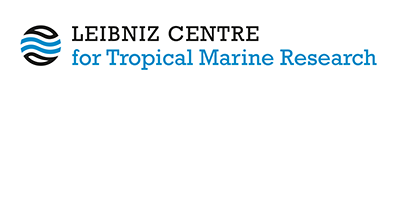Length‐Based Stock Assessment of the Mackerel Scad, Decapterus macarellus (Cuvier, 1833) From the Tanzanian Coastal Waters.
Sululu, Joseph Salawa, Lugendo, Blandina Robert, Tuda, Paul  ORCID: https://orcid.org/0000-0002-5629-9406 and Benno, Benaiah Lameck
(2025)
Length‐Based Stock Assessment of the Mackerel Scad, Decapterus macarellus (Cuvier, 1833) From the Tanzanian Coastal Waters.
Aquaculture, Fish and Fisheries, 5
(1).
DOI https://doi.org/10.1002/aff2.70039.
ORCID: https://orcid.org/0000-0002-5629-9406 and Benno, Benaiah Lameck
(2025)
Length‐Based Stock Assessment of the Mackerel Scad, Decapterus macarellus (Cuvier, 1833) From the Tanzanian Coastal Waters.
Aquaculture, Fish and Fisheries, 5
(1).
DOI https://doi.org/10.1002/aff2.70039.
|
Text
Tuda.pdf - Published Version Available under License Creative Commons: Attribution 4.0. Download (1MB) |
Abstract
This study aimed to conduct a stock assessment of Decapterus macarellus from Tanzanian coastal waters to determine its current stock status and provide appropriate management recommendations. We used a suite of length-based methods, including the Electronic Length Frequency Analysis (ELEFAN) programme to estimate growth parameters and catch curves to evaluate exploitation fishing and mortality parameters; Length-Based Spawning Potential Ratio (LBSPR) to calculate the spawning potential ratio (SPR), length-based indicators (LBI) to assess sustainable fishing levels and length-based reference point (LBRP) to determine the target reference point (RP) for stock spawning biomass (SB). The results indicated that this small pelagic species grows fast, with a growth rate (K) of 0.74 year−1 and a growth performance index (Ф′) of 2.88. However, the stock is currently at risk of overfishing due to high fishing pressure (F/M > 1) and an elevated exploitation rate (E = 0.71), which resulted in a very low SPR (SPR = 0.11) and SB below the target RP. Yield-per-recruit analysis revealed that the current fishing effort (Fcurr = 2.57) far exceeded the precautionary limit (F0.1) and surpassed the fishing mortality rate that maximizes yield per recruit (Fmax = 1.73). This excessive effort largely impacted mega-spawners, reducing their proportion in the catch to a critically low percentage (9%). On the basis of these findings, the study recommends reducing the current fishing effort to F0.1 (0.84) by limiting the number of ring nets, implementing seasonal closures during peak spawning periods and operating in deeper waters (40–200 m) to protect juveniles and minimize mega-spawner capture.
| Document Type: | Article |
|---|---|
| Programme Area: | PA4 |
| Research affiliation: | Integrated Modelling > Resource Management |
| Refereed: | Yes |
| Open Access Journal?: | Yes |
| DOI: | https://doi.org/10.1002/aff2.70039 |
| ISSN: | 2693-8847 |
| Date Deposited: | 02 Jul 2025 08:10 |
| Last Modified: | 02 Jul 2025 08:10 |
| URI: | https://cris.leibniz-zmt.de/id/eprint/5578 |
Actions (login required)
 |
View Item |





 Tools
Tools Tools
Tools